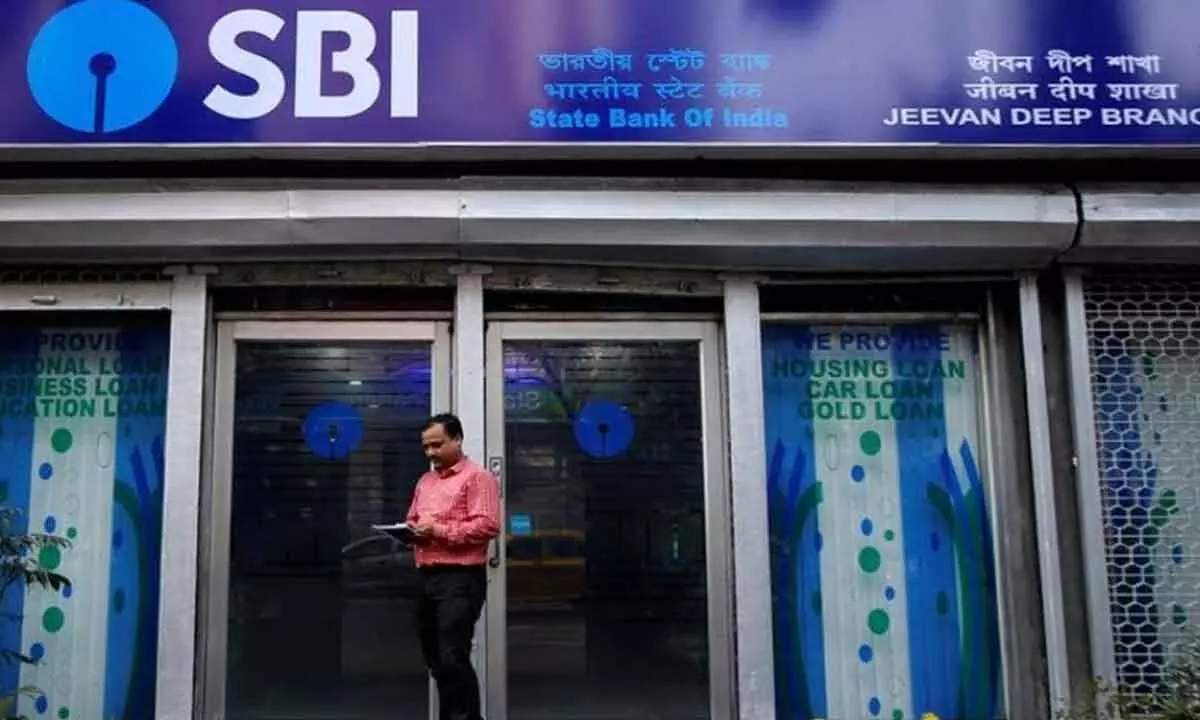State Bank of India hikes lending rate by 0.1%; EMIs to go up
The country's largest lender State Bank of India (SBI) has raised its marginal cost of funds based lending rate (MCLR) by 10 basis points (bps) or 0.1 per cent across all tenures, a move that will lead to an increase in EMIs for borrowers. The lending rate revision by SBI is likely to be followed by other banks in the days to come.
image for illustrative purpose

The country's largest lender State Bank of India (SBI) has raised its marginal cost of funds based lending rate (MCLR) by 10 basis points (bps) or 0.1 per cent across all tenures, a move that will lead to an increase in EMIs for borrowers. The lending rate revision by SBI is likely to be followed by other banks in the days to come.
With the increase, EMIs will go up for those borrowers who have availed loans on MCLR, not for those, whose loans are linked to other benchmarks. SBI's EBLR rate is 6.65 per cent, while the repo-linked lending rate (RLLR) is 6.25 effective April 1.
Banks add Credit Risk Premium (CRP) over the EBLR and RLLR while giving any kind of loan including housing and auto loans. The revised MCLR rate is effective from April 15, as per the information posted on SBI website.
With the revision, one-year MCLR has increased to 7.10 per cent, from the earlier 7 per cent. An overnight, one-month and three-month MCLR rose by 10 bps to 6.75 per cent, whereas a six-month MCLR increased to 7.05 per cent.
Most of the loans are linked to the one-year MCLR rate. At the same time, two-year MCLR increased by 0.1 per cent to 7.30 per cent, while three-year MCLR rose to 7.40 per cent.
From October 1, 2019, all banks including SBI have to lend only at an interest rate linked to an external benchmark such as RBI's repo rate or Treasury Bill yield. As a result, monetary policy transmission by banks has gained traction. The impact of the introduction of external benchmark-based pricing of loans on monetary transmission has been felt across various sectors, encompassing even those sectors that are not directly linked to external benchmark-based loan pricing.
"Looking ahead, the proportion of loans linked to external benchmarks is expected to increase further along with a commensurate fall in the internal benchmark linked loans. Coupled with shorter reset periods, monetary transmission to banks' interest rates can, thus, be expected to strengthen further, a recently released article by RBI said.

